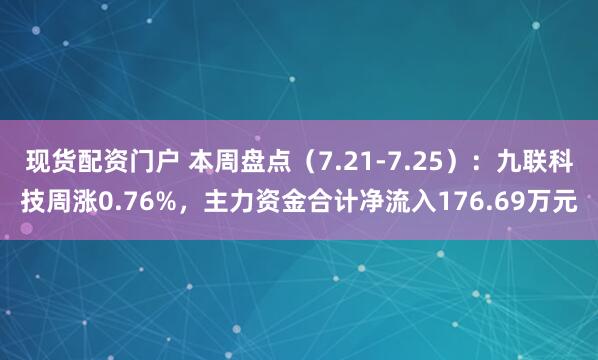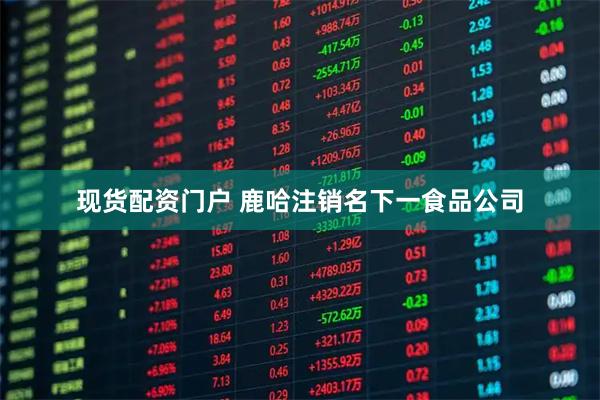
The Golden State Warriors had a relatively quiet offseason this year, mainly due to the unresolved future of restricted forward Jonathan Kuminga. The team made little movement in the free-agent market as reported by ClutchPoints' renowned journalist Brett Siegel. He stated, \"Both sides are far from reaching an agreement. The main issue for the Warriors is that Kuminga currently lacks a market. This situation may drag on until August, continuing to hinder the team's other moves in free agency, including the signings of veteran center Al Horford and guard De'Anthony Melton现货配资门户, until Kuminga's situation is resolved.\"
展开剩余83%Why is Kuminga's situation so complex? Primarily, it's due to the disparity in valuations between both parties. Last offseason, the Warriors offered Kuminga a contract extension worth approximately $30 million annually, which he declined. Now, the Warriors are only willing to offer around $20 million per year, whereas Kuminga still insists on the original figure. With the 2025-26 season training camp approaching, this significant gap in expectations is likely to prolong negotiations. Moreover, due to tight salary cap constraints, the Warriors may refuse to increase their offer.
Currently, the Warriors' salary total is approximately $170.5 million. If Kuminga were to demand $30 million per year, their salary would skyrocket to $200.5 million, exceeding the NBA's luxury tax threshold. Additionally, they would be only about $7 million away from the second luxury tax tier. Adding Melton's $5.7 million taxpayer mid-level exception and Horford's veteran minimum salary would push them beyond the second luxury tax line. With three out of the past four seasons already in luxury tax territory, they face significant financial penalties amounting to $72.63 million. This would also mean losing the $5.7 million taxpayer mid-level exception (unable to sign Melton), leaving only $4.1 million in mini taxpayer exceptions. Furthermore, trades for signing players with an initial salary of more than $12.4 million are not allowed. Finally, any trade back into the draft automatically upgrades to the end of the first round, regardless of the record.
Conversely, if Kuminga's annual salary is $20 million, the Warriors would consistently remain below the first luxury tax line, maintaining sufficient flexibility in their salary cap to increase their lineup depth, even in the cases of Melton and Horford. Moreover, a $10 million difference would make Kuminga easier to trade in the middle of the season. This is the ultimate plan of the Warriors.
Some friends who are unfamiliar with the NBA salary structure may ask why the Warriors don't sign Melton and Horford immediately. The reason is simple. When a team's total salary exceeds the first luxury tax line, they will be prohibited from receiving any players in sign-and-trade transactions. In other words, if the Warriors sign Melton and Horford before renewing Kuminga, they will be able to cross this threshold, which will result in the loss of flexibility in signing players in the sign-and-trade market involving Kuminga. The Warriors' offseason will continue to be hindered by the current stalemate with Kuminga's team, so for the Warriors, the top priority is still to bring Kuminga back to the Bay Area, or to find a buyer in the sign-and-trade market.
From a personal point of view, the Warriors' perfect move is to trade Kuminga in a signing and then go to the store.
发布于:天津市世诚策略提示:文章来自网络,不代表本站观点。



